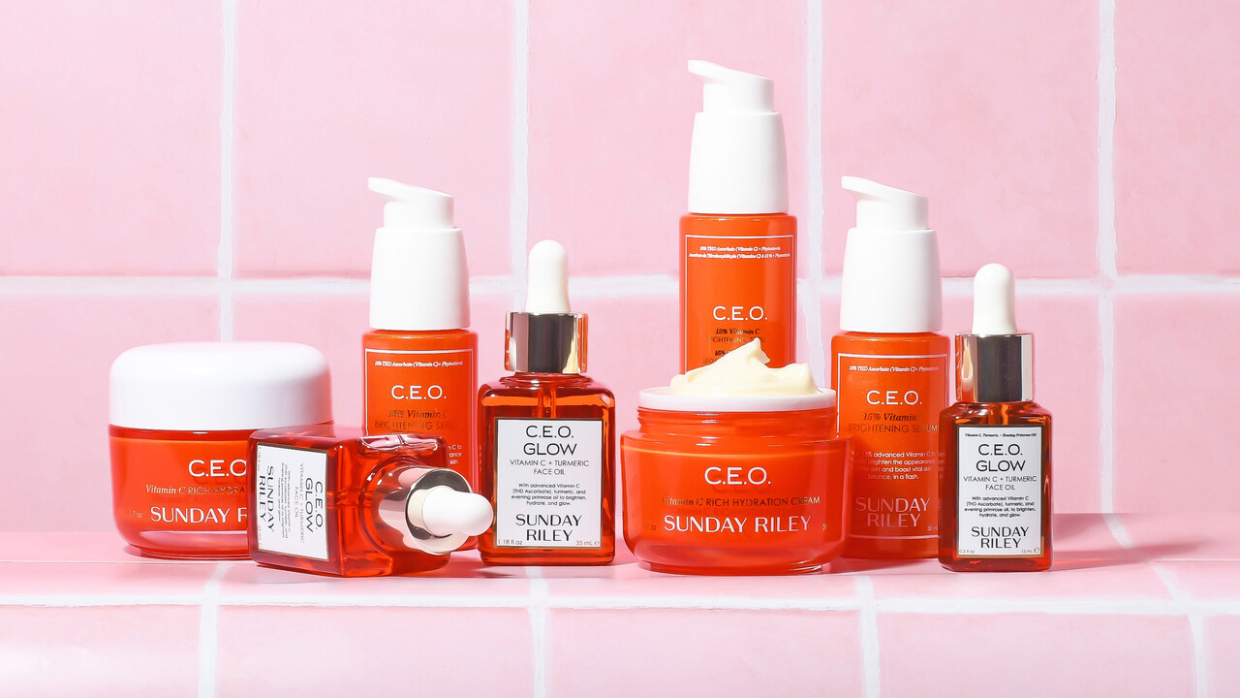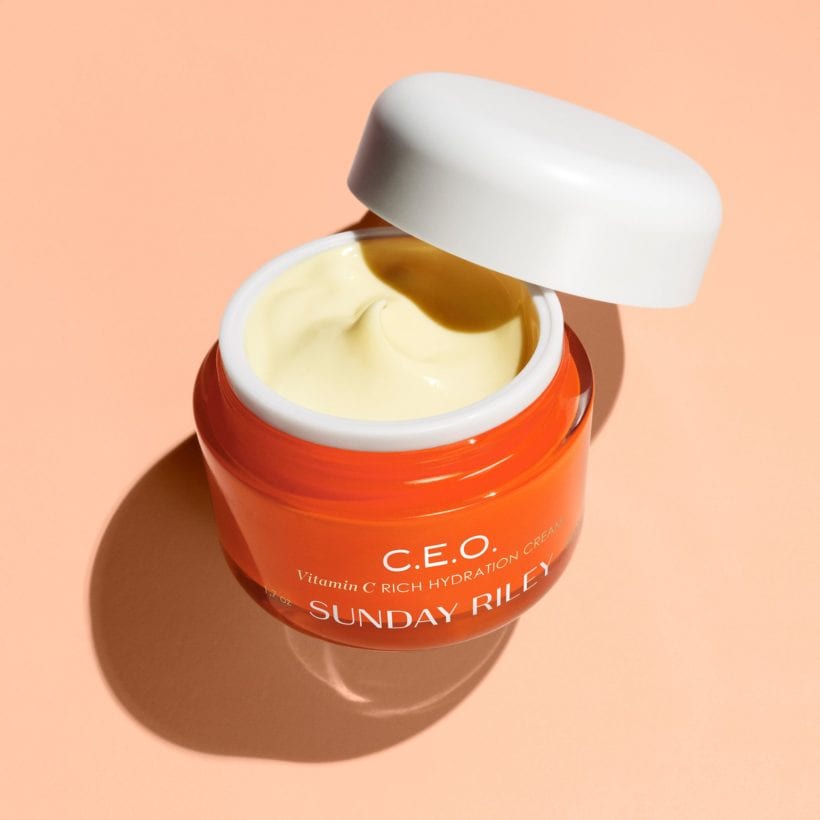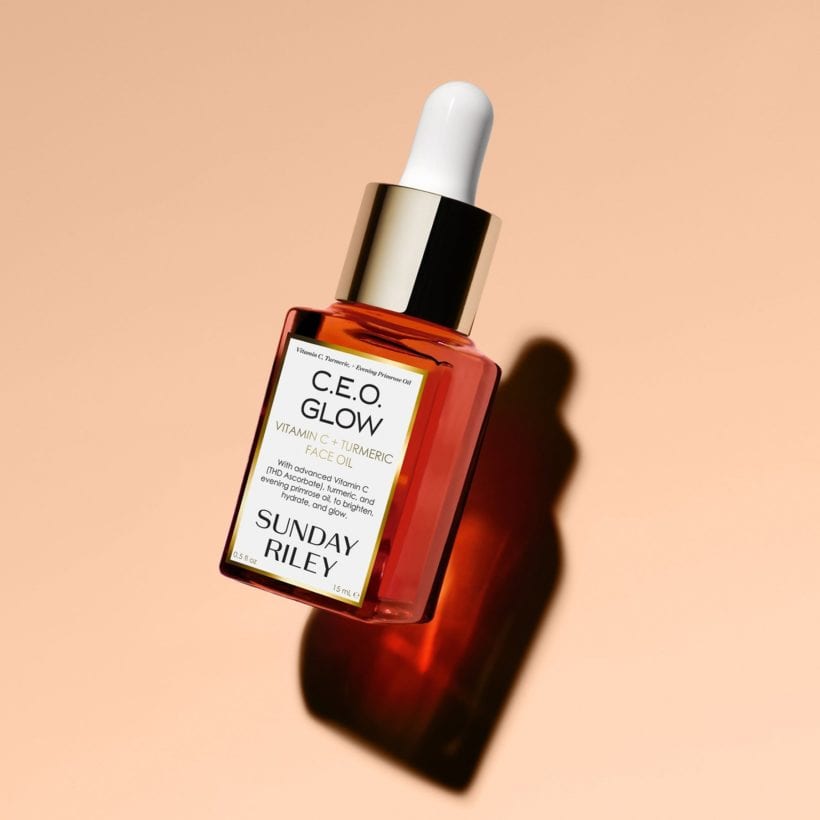Vitamin C: What is it good for? Absolutely everything.
While some skincare ingredients are a bit questionable in terms of their actual skin benefits, vitamin C is so universal that everyone from your derm to your dog has probably heard of the potent antioxidant. Its benefits are endless: It brightens up your complexion, prevents free radical damage, evens out hyperpigmentation, protects the skin from environmental aggressors, and can be instrumental in keeping skin bouncy and healthy-looking. A major bonus is that “it is very good for all skin types and all skin tones,” says Dr. Naana Boakye, a board-certified dermatologist, owner of Bergen Dermatology, and best-selling author of Inside Out Beauty.

Don’t just take our word for it — the effects of vitamin C are backed by science. One study showed that routinely using vitamin C for at least three months improved the overall texture and appearance of fine lines and wrinkles. Another report confirmed its brightening effects and improvement in hyperpigmentation. And additional studies showed vitamin C reduces the occurrence of acne.
“Your body doesn’t produce any vitamin C on its own,” says Boakye. “That’s why it’s important to take supplements with vitamin C and apply it topically to your skin to reap the benefits.” Here, we get into the best ways to incorporate vitamin C into your routine for a healthier, brighter complexion.
Choose the Right Type of Vitamin C
As loved as vitamin C is, it can be finicky depending on the type you use. You’ll see many skincare products with a form of vitamin C called L-ascorbic acid. Though a powerful type, it’s very unstable. When exposed to the elements (think: air, water, heat, or light), the water-soluble formula breaks down and oxidizes pretty quickly in the bottle — making it less effective. L-ascorbic acid can be irritating to the skin, too, particularly if you have sensitive skin.
Instead of L-ascorbic acid, the new Sunday Riley C.E.O. Afterglow Brightening Vitamin C Cream uses tetrahexyldecyl ascorbate (otherwise known as THD ascorbate). It’s lipid-soluble, making it even more powerful at penetrating your skin while being notably less irritating than other forms of vitamin C. In addition to having more firming, hydrating, and brightening effects, it stimulates more collagen production to reduce the appearance of premature aging caused by UVB exposure. Since this form of vitamin C is more stable, it won’t oxidize as quickly, so it has a longer shelf life.
Store It Properly
No matter what type of vitamin C you use, you want to make sure you keep your product in a dark area where the humidity and temperature don’t fluctuate to extend its effectiveness. While it feels practical to keep your skincare products in your bathroom, so you have easy access to them after cleansing, consider stashing them on your bedroom vanity instead to put your products at less risk of destabilizing. “You will know if your product has oxidized if it changes color. Usually, vitamin C products are yellow-ish in color, but may turn brown after oxidation,” says Boakye. Additionally, if you notice your product has a different smell than usual, that could also indicate it has oxidized. It doesn’t necessarily mean it’s unsafe to use, but it doesn’t hold the same antioxidant capabilities. For vitamin C with the longest shelf life, choose a stable form like THD ascorbate.
Incorporate It Into Your Routine Slowly
As with most new active ingredients that you’re introducing to your routine, it’s best to take a slow and steady approach to make sure your skin’s not negatively reacting to it. THD ascorbate found in C.E.O. Afterglow is gentle enough for daily use (it can be applied both morning and night to clean skin), but if you’re using other forms of vitamin C, you may want to work your way up to regular use. Vitamin C plays well with most other ingredients and products, but if you’re concerned about how your skin will react with other actives in your routine, try alternating the days you use your products. Or, work with your dermatologist to come up with a plan that works best for you: “Sometimes I will tell patients they can use their actives together — like salicylic acid and vitamin C — every weekday, then on the weekends I’ll have them only use moisturizer to let the skin recover,” says Boakye.
Don’t Forget the SPF
Think of vitamin C as a partner to your sunscreen: “I always suggest applying vitamin C particularly in the morning, because it’s such a great antioxidant that pairs well with the protective benefits of your sunscreen,” says Boakye. “They both help fight off free radicals and environmental pollution that damages our skin.”
Use It Consistently (and Know When to Stop)
C.E.O. Afterglow has been clinically proven to significantly improve skin brightness and texture. One hundred percent of people felt their skin was smoother and softer after using the product. As with any of your skincare products, it’s best to use it consistently to get the most of its benefits — and see results quicker. “It depends on the concentration of your vitamin C, but generally speaking, you can expect to see the biggest impact after continued use for three to four weeks,” says Boakye.

P.S. You might experience a slight tingly feeling when you first start using an active like vitamin C. “But, if your face becomes itchy, rash, and uncomfortable, discontinue using your products until you see a dermatologist,” says Boakye.
We only recommend products we have independently researched, tested, and loved. If you purchase a product found through our links, Sunday Edit may earn an affiliate commission.











